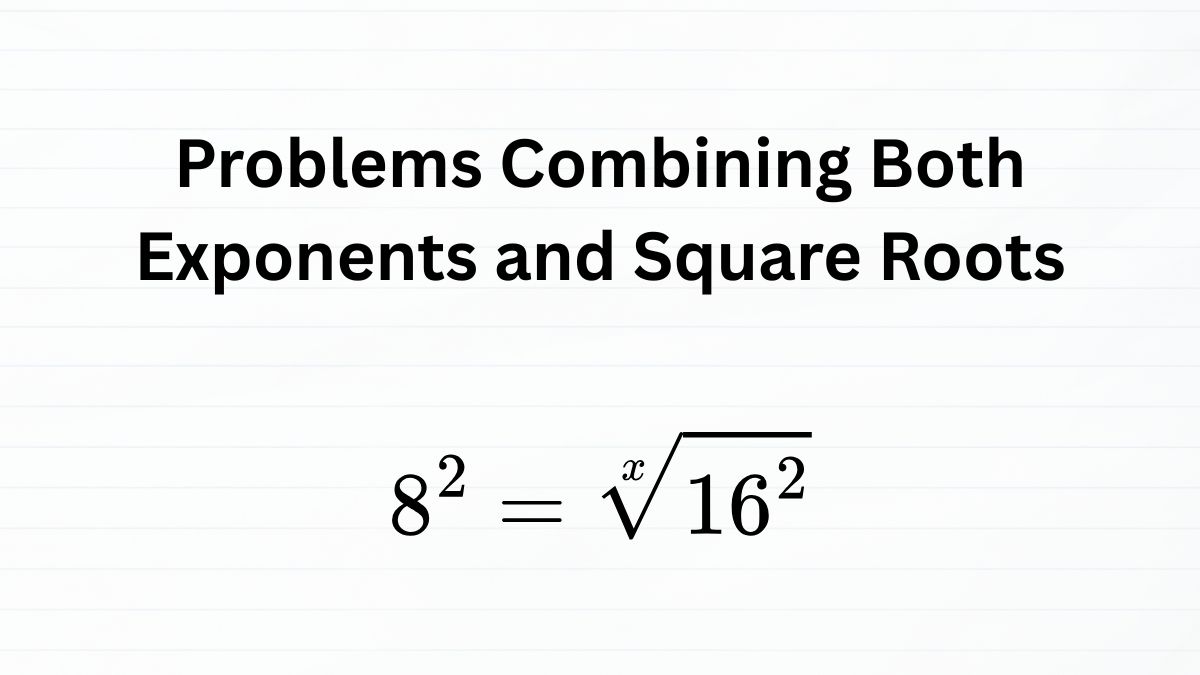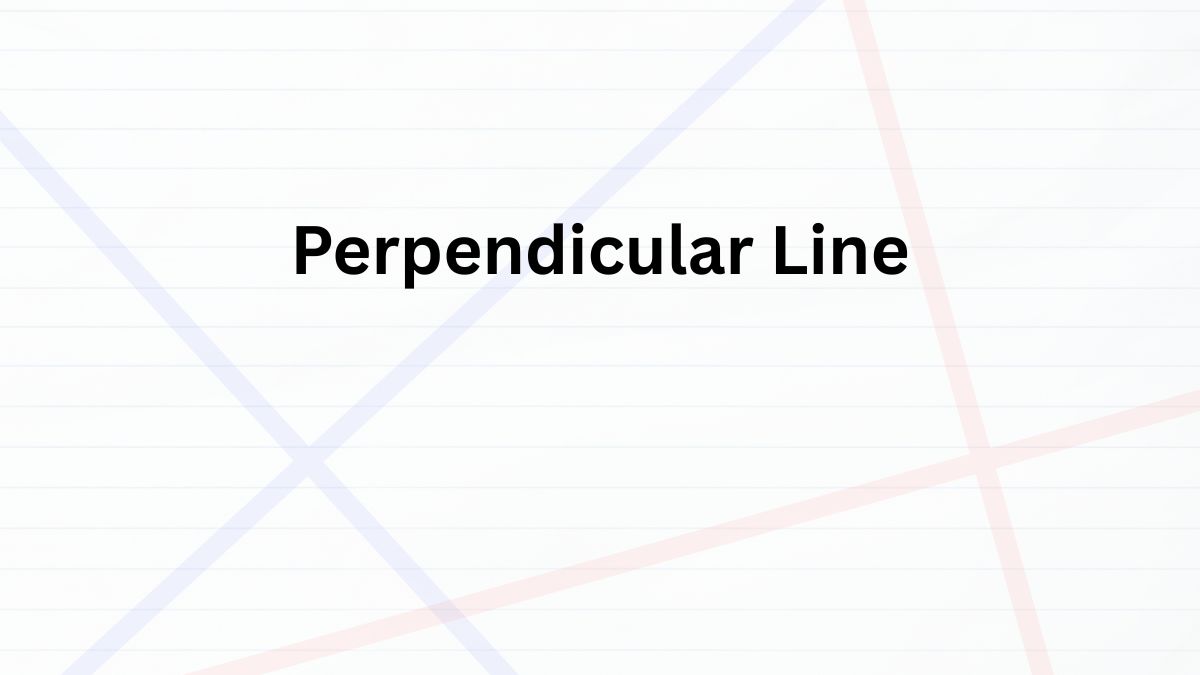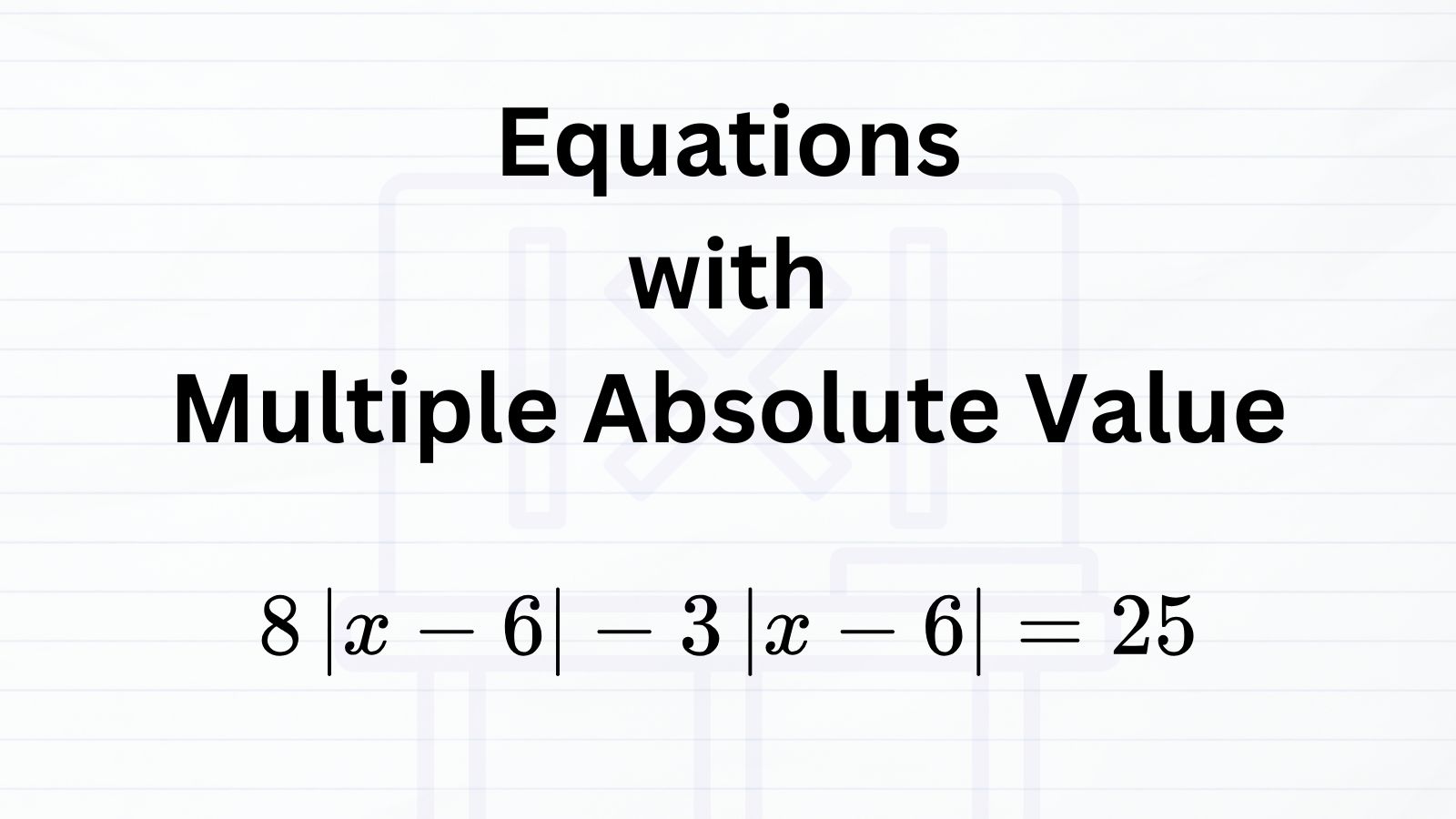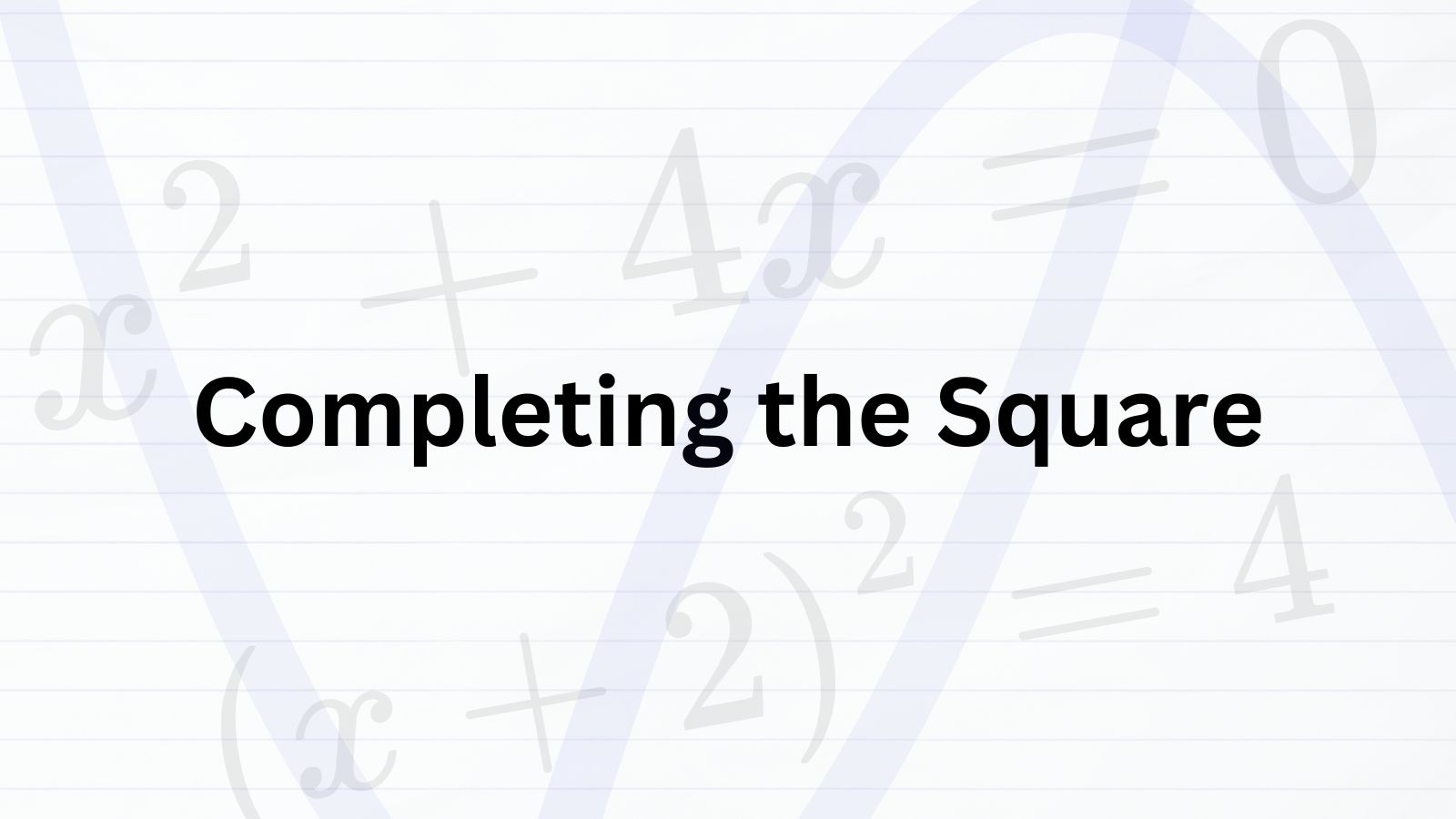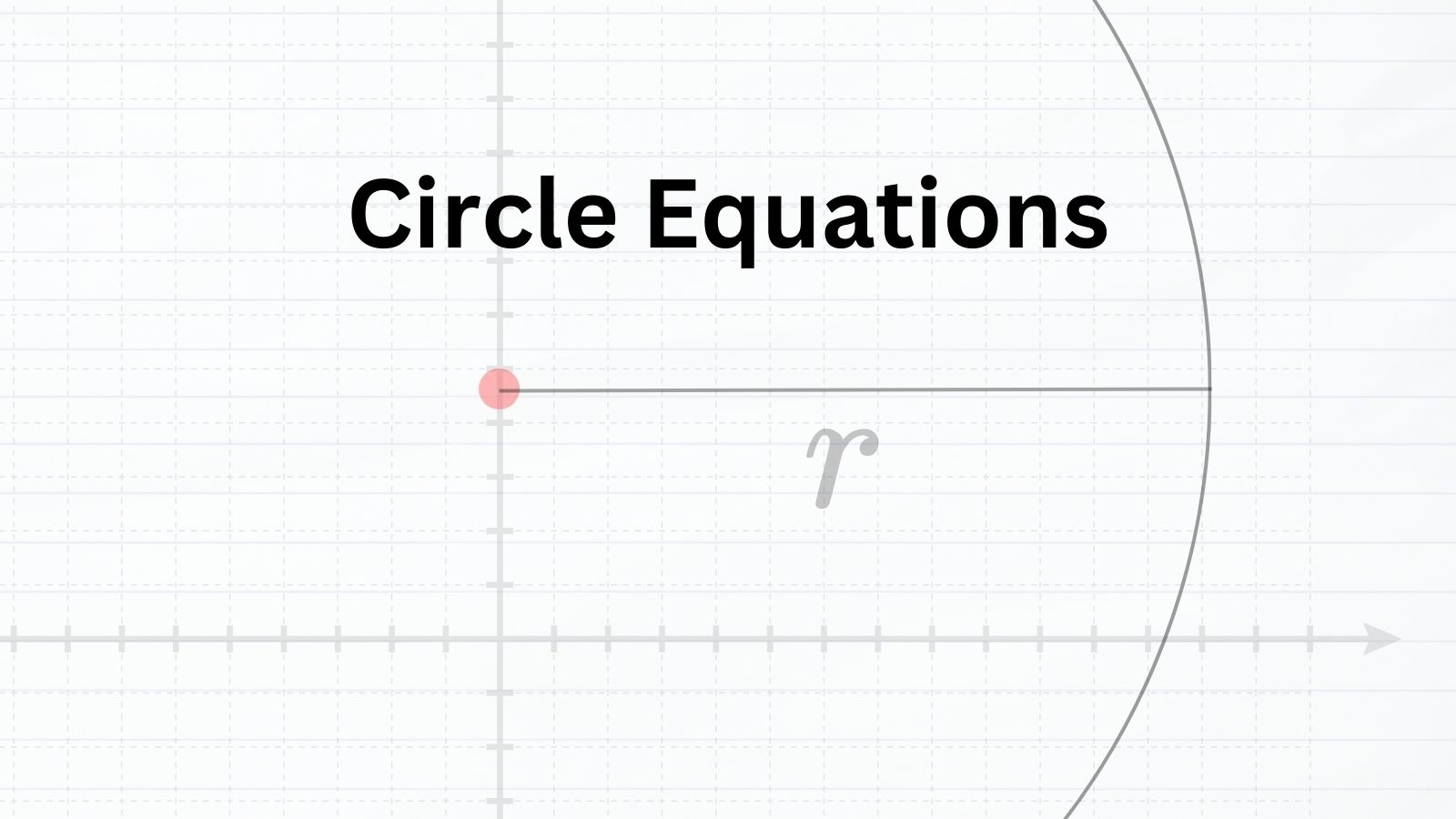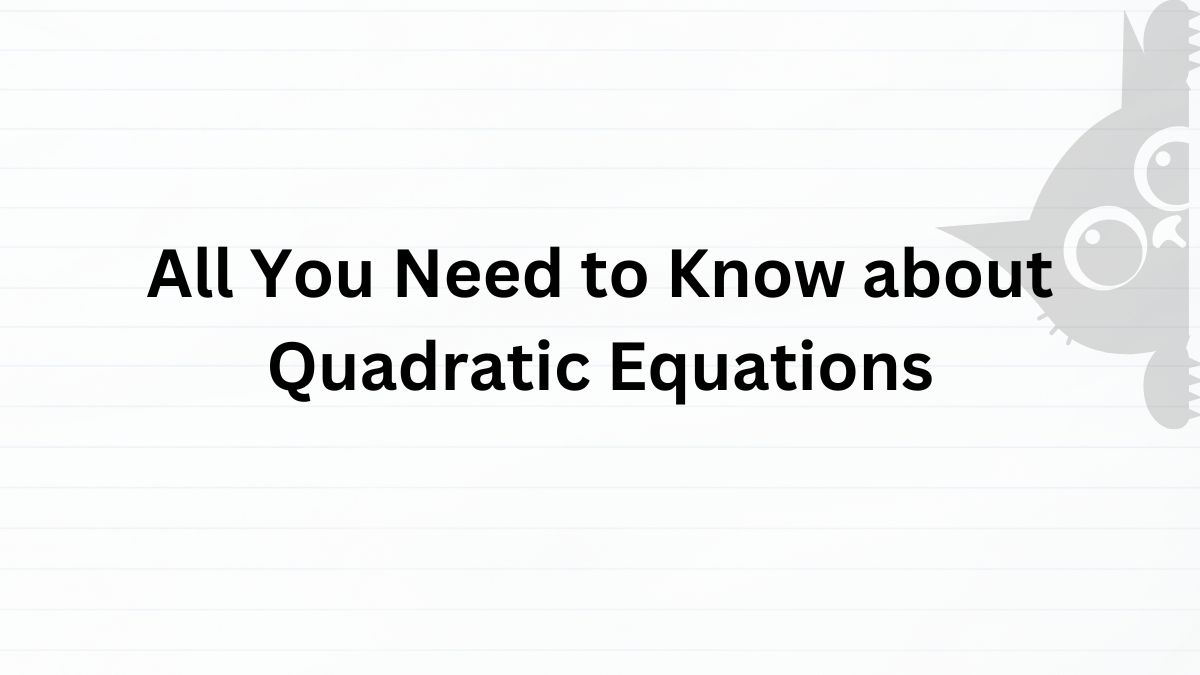
Everything You Need to Know About Quadratic Equations for the Digital SAT
Table of Contents
Basics of Quadratic Equations
On the Digital SAT, quadratic equations are a major focus. You can expect to see at least three quadratic equation questions per module, ranging from straightforward calculations to more involved word problems. No matter the format, solving quadratic questions quickly and accurately will help you boost your score.
A distinctive feature of quadratic equations is the shape of their graph on the xy-plane. The graph is a parabola that opens either upward or downward. The direction depends on the sign of the coefficient of \(x^{2}\) in the standard form \(y = ax^{2} + bx + c\): positive for upward, negative for downward.
No matter which way a parabola opens, it always has one turning point—either a minimum or a maximum. At this point, the graph switches direction, moving from increasing to decreasing or the other way around. This special point is called the vertex.
The Opening Direction of Parabola
For a quadratic equation in standard form \(y = ax^{2} + bx + c\),
- If \(a > 0\), the parabola opens upward.

- If \(a < 0\), the parabola opens downward.

When it comes to writing quadratic equations, there are two common forms:
- Standard form
- Vertex form
Standard Form of Quadratics
This is the most base form of quadratic equations. If a quadratic equation is expressed in another structure, generally the first step is to rewrite it into standard form.
Quadratic equations in standard form
\(y = ax^{2} + bx + c\)
- \(a\) is the coefficient of \(x^{2}\).
- \(b\) is the coefficient of \(x\).
- \(c\) is the constant.
Again, it is noteworthy that the sign of the coefficient of \(x^{2}\) regulates the direction of parabola-opening: positive for upward, negative for downward.


Vertex Form of Quadratics
The vertex form of a quadratic equation is useful because it lets you see the vertex of the parabola right away. Let’s start by looking at the general form:
Quadratic equations in vertex form
\(y = a(x – h)^{2} + k\)
- \(a\) is the coefficient of \(x^{2}\).
- \(h\) is the x-coordinate of the vertex.
- \(k\) is the y-coordinate of the vertex.
So, if a quadratic equation is already written in vertex form, and the question asks you to find the coordinates of the vertex, you can simply read them directly as \((h, k)\). In addition to the vertex, the sign of \(a\) tells you whether the parabola opens upward or downward. It is equivalent to the coefficient of \(x^{2}\) in the standard form.
Explanation
Since the given equation is already in vertex form, we can use its structure to find the vertex:
Quadratic equations in vertex form
\(y = a(x – h)^{2} + k\)
- \(a\) is the coefficient of \(x^{2}\).
- \(h\) is the x-coordinate of the vertex.
- \(k\) is the y-coordinate of the vertex.
Now look at the equation:
\(y = 3(x+4)^{2} – 9\)
Remember to flip the sign of \(h\). The vertex form is written as \((x-h)\), so if the equation has \((x + 4)\), the actual value of \(h\) is \(-4\).
Functions and Equations
In SAT Math, functions and equations work almost the same way—the only difference is how they are written. For example,
\(y = 2x+6\) can also be expressed as \(f(x) = 2x + 6\).
The same thing can be said for quadratic equation. The quadratic equation
\(y = 3x^{2} + 7x + 4\) can aslo be represented as \(f(x) = 3x^{2} + 7x + 4\).
So, when you see questions with equations or functions on the SAT, just remember the following: they are asking about the same mathematical relationship, only in different notation.
Question Patterns Involving Quadratic Equation
There are five typical question patterns that test your understanding of quadratic equations. The following list shows these patterns that you will see often on the digital SAT.
- Finding solutions for a quadratic equation/function
- Finding solutions for a system involving a quadratic equation
- Finding the vertex of a parabola.
- Finding solutions by using the discriminant
Quadratic Equation/Function
This is the simplest type of questions among this topic. In this question, you will be given an equation or function and asked to find the solution when a certain value is inserted in \(x\).
Explanation
Again, on the SAT, you can treat a function the same way as an equation. For example, a question written with a function could just as well be written like this:
- For the equation \(y = 3x^{2}-5x+7\), what is the solution for \(y\) when \(x = 4\)?
Now let’s solve it in function form. Substitute \(x = 4\) into the given function.
\(f(4) = 3(4)^{2} – 5(4) + 7 = 48 -20 + 7 = 35\)
Therefore, the value of \(f(4)\) is 35.
System Involving Quadratic Equation
When a system of equations appears on the SAT, the goal is usually to solve for a specific variable. A reliable way to approach these problems is to follow three steps:
Three Steps to Solve a System of Equations/Functions
- If an equation isn’t in standard form, rewrite it.
- Set the two equations equal to each other.
- Solve for the variable.
Here’s how these steps work in SAT-like question.
Explanation
Three Steps to Solve a System of Equations/Functions
- If an equation isn’t in standard form, rewrite it.
- Set the two equations equal to each other.
- Solve for the variable.
Step. 1
The given equations are already in standard form, so no rewriting is needed.
Step. 2
Since both equations equal \(y\), we can set them equal to each other:
\(2x + 1 = x^{2} -3x + 5\)
Simplify the equation.
\(x^{2} -5x + 4 = 0\)
Step. 3
Now factor the quadratic equation.
\((x – 4)(x – 1) = 0\)
Therefore, the solutions for \(x\) are \(1\) and \(4\). Among these, the larger solution is \(4\).
Finding the Vertex of a Parabola
The vertex refers to either the maximum or minimum point of the parabola. Some SAT Math questions ask you to find the vertex of a given equation or function.
There are two approaches to determine the vertex: using vertex formula or vertex form. For most questions, however, using vertex formula tends to be faster and accurate method. You should use the property of vertex form only if an equation is already written in vertex form.

Vertex formula
For a quadratic equation \(y = ax^{2} + bx + c\),
Vertex: \((-\frac{b}{2a}, f(-\frac{b}{2a}))\)
Explanation
According to the given function \(f(x) = 3x^{2}-24x+55\), we see that \(a > 0\). This tells us the parabola opens upward, so it has a minimum point. To find that point, we use the vertex formula.
The x-coordinate of the vertex is given by \(-\frac{b}{2a}\).
Substitute the values of \(a = 3\) and \(b = -24\).
\(x = -\frac{-24}{2(3)} = \frac{24}{6} = 4\)
Therefore, the x-coordinate of the vertex is 4.
Finding Answer by Using the Discriminant
Some SAT math questions ask you to find the value of an unknown constant by applying the discriminant.
Discriminant Formula
For a quadratic equation in standard form \(ax^{2} + bx + c = 0\), the discriminant is defined as
(\(D= b^{2} – 4ac\).
the value of \(D\) tells us how many real solutions the quadratic has.
| Discriminant (\(D=b^{2}-4ac\)) | Number of Solutions |
|---|---|
| \(D > 0\) | 2 |
| \(D = 0\) | 1 |
| \(D < 0\) | 0 (No real solution) |
The good news is that these questions are easy to recognize.
If the problem says “the equation has no solution,” “the equation has exactly one solution,” or “the equation has two solutions,” that’s a signal: use the discriminant.
Even if you’re not completely confident with every step, just start by writing down the discriminant and simplifying it. On the digital SAT, it’s often best to apply the discriminant right away instead of hesitating.
Steps to Find Answer by Using the Discriminant
When the question refers to the number of solutions:
- Write the discriminant.
- Decide how many solutions exist (based on whether it’s greater than, equal to, or less than 0).
- Use that condition to form an equation or inequality.
- Simplify to find the final answer.
Here’s how these steps work effectively to find the answer.
Explanation
The question says that the equation has no solution. That’s a clear signal to use the discriminant.
Discriminant Formula
For a quadratic equation in standard form \(ax^{2} + bx + c = 0\), the discriminant is defined as
(\(D= b^{2} – 4ac\).
the value of \(D\) tells us how many real solutions the quadratic has.
| Discriminant (\(D=b^{2}-4ac\)) | Number of Solutions |
|---|---|
| \(D > 0\) | 2 |
| \(D = 0\) | 1 |
| \(D < 0\) | 0 (No real solution) |
The given equation is \(x^{2}-20x+k = 0\). First, apply the discriminant:
(\(D= b^{2} – 4ac\)
\(= (-20)^{2} – 4 (1)(k)\)
\(= 400 – 4k\)
So, \(D = 400 – 4k\). Because the question states that the equation has no solution, we know the discriminant must be less than 0.
\(400 – 4k < 0\)
This tells us that the discriminant \(D\) must be less than 0. Now, simplify the inequality to solve for \(k\).
\(-4k < -400\)
When multiplying both sides by -1, remember to flip the inequality sign.
\(4k > 400\)
\(k > 100\)
Therefore, \(k\) must be greater than 100 to satisfy the condition.


